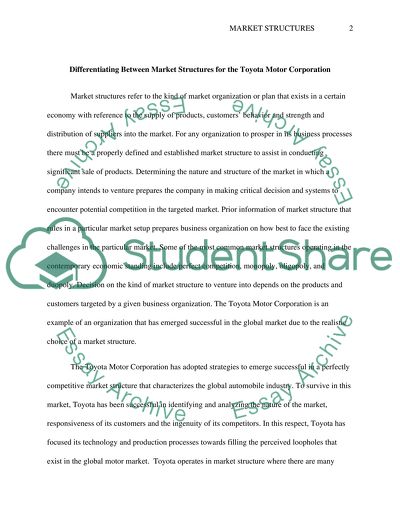Cite this document
(“Differentiating Between Market Structures for the Toyota Motor Essay”, n.d.)
Retrieved from https://studentshare.org/macro-microeconomics/1440179-differentiating-between-market-structures-in-an
Retrieved from https://studentshare.org/macro-microeconomics/1440179-differentiating-between-market-structures-in-an
(Differentiating Between Market Structures for the Toyota Motor Essay)
https://studentshare.org/macro-microeconomics/1440179-differentiating-between-market-structures-in-an.
https://studentshare.org/macro-microeconomics/1440179-differentiating-between-market-structures-in-an.
“Differentiating Between Market Structures for the Toyota Motor Essay”, n.d. https://studentshare.org/macro-microeconomics/1440179-differentiating-between-market-structures-in-an.


